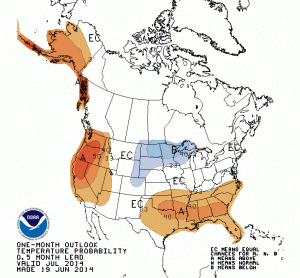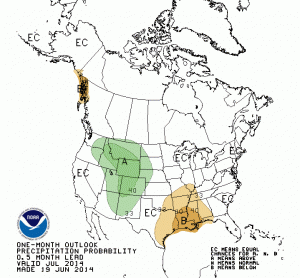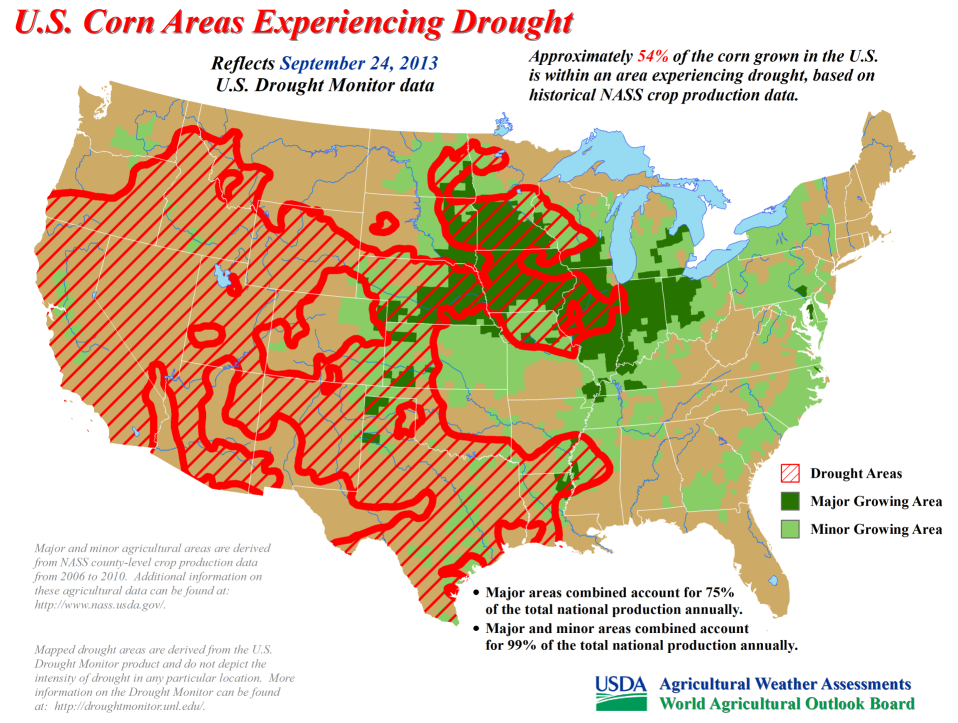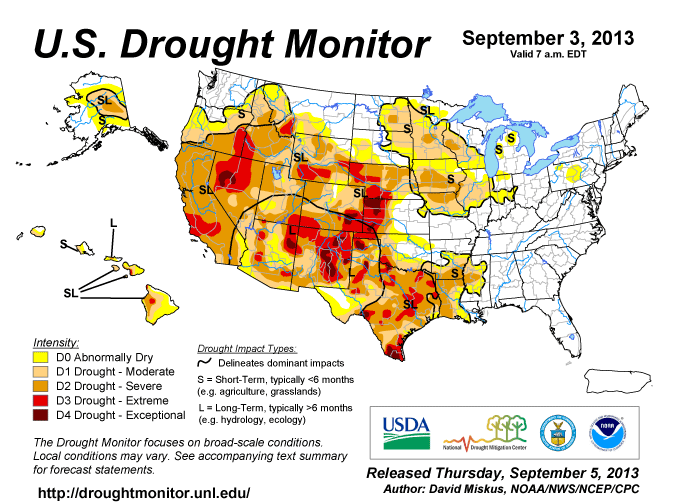Dennis Todey, South Dakota State Climatologist
Pat Guinan, Missouri State Climatologist
This time of year questions about frost/freeze potential are common as producers look for a little more time for crops to mature, or gardeners and horticultural interests hope for some extra days to collect a few more tomatoes. Projecting specific frost dates are difficult beyond using models out to 1-2 weeks. Thus, climatologies and current crop progress become very important.
This year, current crop progress varies greatly across the Plains and Midwest because of spring and early summer planting conditions. Early spring in the northern plains/upper Midwest was quite dry allowing easy planting progress and warm soils before rains started occurring in May. This situation was in large contrast to the southern and eastern parts of the Corn Belt. Continue reading





